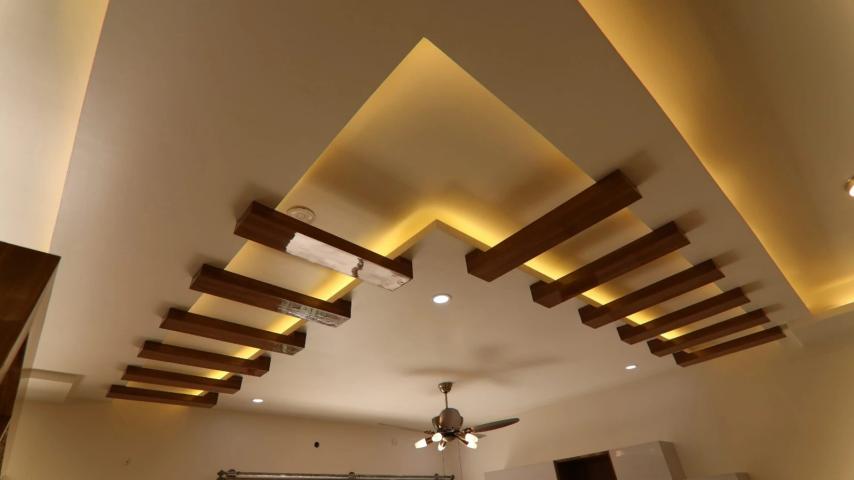Analysis and forecast of iron and rebar prices in 1404
What is the importance of predicting iron prices in 1404?
Iron prices are affected by various factors and can affect market trends. For example, housing prices and the construction boom in them depend largely on the price of iron products such as rebar or beams. The construction and road construction industries are also affected by this issue. For this reason, before entering 1403, it is necessary to predict the trend of these changes in order to know how changes will be made in the housing or road construction markets.
Examining the trend of iron prices in recent years
The Iranian iron market has undergone significant fluctuations in recent years under the influence of several factors. Economic developments, exchange rate fluctuations, domestic policies in the field of production and supply, and changes in the global steel market have all played a prominent role in determining the direction of prices. These changes have severely affected key products such as rebar, beams, steel sheets and profiles, creating a complex and sometimes unpredictable trend for them.
Rebar, a strategic product with significant fluctuations
Rebar, as one of the most widely used steel sections in the construction industry, has experienced a significant price increase in recent years. Several factors, including reduced domestic supply, increased production costs, exchange rate fluctuations and growth in demand in construction projects, have strengthened this upward trend. In some periods of time, the rebar market has experienced price shocks, but at other times it has also achieved relative stability.
The price of 14 rebar from Isfahan Iron Smelter, as one of the strategic commodities in the steel section market, has experienced significant changes since 2019. Analyzing the price trend of this product not only provides an accurate picture of the state of the steel section market, but can also indicate the overall state of the country's economy, including the effects of inflation, exchange rates, and economic policies.
At the beginning of the review period, the price of size 14 rebar showed an upward but gradual trend. This increase could be due to factors such as the growth of production costs as well as minor fluctuations in the exchange rate. During this period, the demand for rebar, influenced by civil construction, especially housing and infrastructure projects, has been at a stable level.
The price of rebar during this period started at 4,170 Tomans and reached 7,100 Tomans on an upward path in early March 2019.
In the final part of the chart, the overall price trend is still upward, but the increase slope is clearly less than in previous periods. This phase could be the result of the government's efforts to control inflation and regulate the market. However, the stabilization of prices at high levels indicates that structural factors (such as general inflation, devaluation of the national currency, and increased production costs) still play a major role in determining the price of rebar. In the latest pricing available for 14-melting rebar, the price of this product was 30,727 Tomans. This amount has increased by 636% compared to the original price since September 2019.
According to studies conducted by Ahan Online experts:
The price of rebar has increased by 500% from 5,100 Tomans to 30,600 Tomans from 2019 to 2024. The largest increase occurred in 2019, when the price of rebar increased by 145.1%. In 1400, this growth decreased to 15.2%, but in 1401, it experienced a jump of 51.4%. The lowest increase was in 1402 with 11.47%, but in 1403, the growth rate reached 25.93%.
Steel beams, dependent on the construction market
Like rebar, steel beams have always been affected by the country's economic and development conditions. The growth in production costs, the increase in the exchange rate, and changes in the demand of the construction market are the most important reasons for price fluctuations of this product. In periods when construction projects have boomed, the price of steel beams has also increased, but in some cases when the recession has overshadowed the construction market, this trend has been adjusted.





